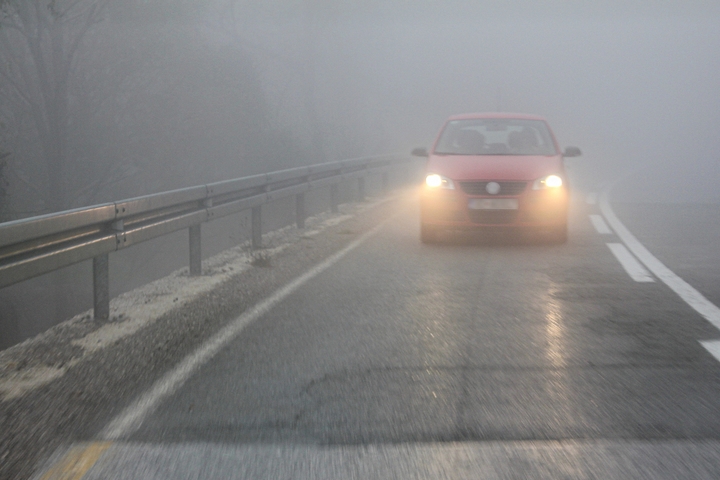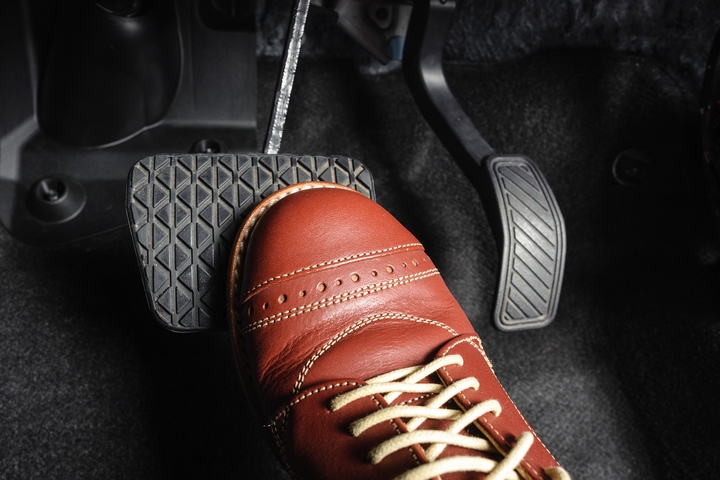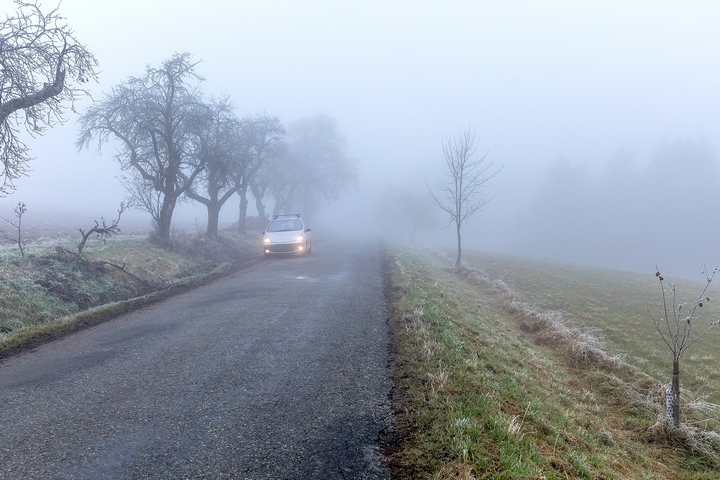
8 Important Safety Tips for Driving in Heavy Fog
When it comes to driving on the road, the weather will always be a factor that has to be considered. It could be a bright, sunny day, which allows you to hit the road in an amicable fashion. At other times, the weather may be much more inclement, making your trip a bit more challenging.
For example, heavy rainstorms will force you to take extra caution on the road, in order to be safe. At other times, there will be heavy fog, which can impede on your ability to see efficiently. Even though it might seem more unsafe than usual, driving can still be done in these conditions. As long as your car is equipped with OEM tail lights and headlights, and you’re following the right driving protocols, your safety will be assured.
Just keep in mind the following tips for driving in heavy fog:
1. Headlights and Taillights

Above all else, your vehicle must be in a proper working condition, before driving in any situation. This involves inspecting the various components in and around your vehicle, such as the headlights and the Toronto taillights. Driving in a heavy state of fog means that you should ensure that these lights are in a good state.
Fog requires your headlights to be in a low beam mode, in order to make your visibility much better. Taillights should also be bright enough for signaling purposes, especially in foggy conditions. The driver behind you needs to be able to see where you are after all. Bright lights on the exterior of your vehicle will ensure this happens!
2. Distancing

Proper car distancing is another important tip when you’re driving in heavy fog. For most of us who have gone to driving school to get our licenses, distancing will be one of the first lessons taught. Many instructors will tell their students that it is important to keep a car’s length away from the vehicle in front of you. This changes a bit when it comes to driving in a heavy state of fog.
You’ll want to always keep as much distance as you can between your car and the one in front of you. When your visibility is hampered by fog, you’ll need the additional time to safely brake your vehicle. If you find yourself going faster than usual, slow down a bit! Not only will you keep yourself safe, but others will be too.
3. Defrosters

As mentioned previously, the components of your vehicle need to be working effectively. Before you hit the road, take a look at your windshield wipers. A quick test prior to your drive should be conducted, so that you are ready to drive in heavy fog. Generally speaking, heavy fog can lead to moisture and ice accumulating on the windshield.
This can be extremely dangerous, especially if you are driving for longer periods of time. The glare that is present will make your already hampered visibility much more challenging. Defrosters should be utilized in this light; don’t be afraid to clean the windshield when necessary!
4. Braking Safely

Your visibility when looking behind you, while driving in heavy fog, can be rather difficult. Drivers behind your car may be, unintentionally, using their high beams, which can hurt your eyes. You need to make sure that you still remain cognizant of this, and drive at a slower speed.
This inevitably translates to how well you brake while on the road. Never try to brake spontaneously while driving in a heavy state of fog. Lightly step on the brake; the earlier that this is done, the better. That way, the drivers behind you, who are keeping their distance, will be promptly alerted.
5. Right Lane Driving

For newer drivers who haven’t really experienced driving in heavy fog, it may be smarter to use the right lane. Most drivers know that this is the lane to slow down, especially for merging purposes. The right lane in foggy conditions can guide you on the roadway, just as long as you merge onto it carefully.
6. Reduce Distractions

Never look at your smartphone while driving on the road in this type of inclement weather! Not only is it already a safety hazard, it becomes much more dangerous while driving in the fog. Put it to the side, away from arm’s reach.
7. Stay Alert

One of the most important tips to keep in mind while on the road is to always be aware of your surroundings. Look and listen for any potential hazards ahead of you, while using the signs present to help you.
8. Delay Your Trip

If you feel as if the fog is too potentially dangerous to drive in, it might be better to simply delay your trip. Like all other weather conditions, the heavy fog present will not last forever. As a result, wait a couple of hours for it to pass, in order for your actual commute to be safer. Driving in heavy fog can be done, as long as you do it when you feel it’s safe to do so!
